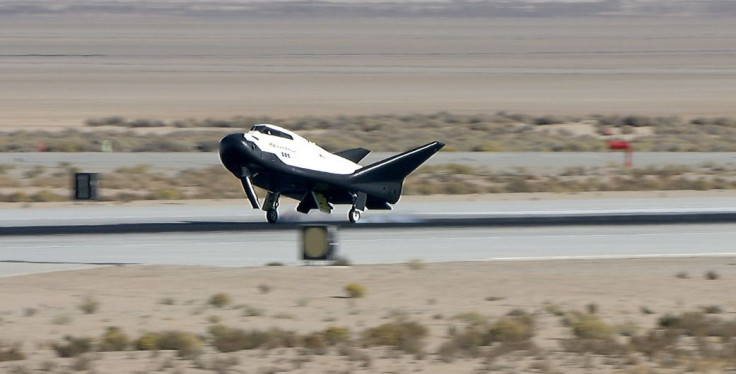US Space Drone Launched In Secrecy Returns To Earth, Marking A Record-breaking Mission
KEY POINTS
- The Boeing-built X-37B Orbital Test Vehicle resembles the retired NASA space shuttle
- The touchdown marked the end of its sixth successful mission
- Most of the information regarding the mission and the X-37B vehicle is classified
A U.S. military space drone that was launched in May 2020 landed at the Kennedy Space Center in Florida on Saturday at 3.52 p.m. IST, after spending 908 days in orbit and creating a new record.
The Boeing-built X-37B Orbital Test Vehicle (OTV) looks similar to the retired NASA space shuttle, but, in reality, is much smaller in size. The touchdown marked the end of its sixth successful mission, reported ScienceAlert.
"This mission highlights the Space Force's focus on collaboration in space exploration and expanding low-cost access to space for our partners, within and outside of the Department of the Air Force," Gen. Chance Saltzman, Chief of Space Operations, said in a statement.
The OTV-6 mission was launched in May 2020 by a United Launch Alliance Atlas V rocket from the Cape Canaveral Space Force Station. While Space Force did not reveal in detail exactly what the spacecraft did, Boeing reported that it deployed the FalconSat-8 developed by the US Air Force Academy in October 2021. The smaller FalconSat-8 satellite had five experimental payloads onboard and remains in orbit.
Since X-37B first took flight in 2010, the agency has remained tight-lipped about its purpose.
"Since the X-37B's first launch in 2010, it has shattered records and provided our nation with an unrivaled capability to rapidly test and integrate new space technologies," Jim Chilton, the senior vice president of Boeing Space and Launch said in the same statement. "With the service module added, this was the most we've ever carried to orbit on the X-37B and we're proud to have been able to prove out this new and flexible capability for the government and its industry partners."
Most of the information regarding the mission and the X-37B vehicle is classified. However, Boeing had revealed the presence of Materials Exposure and Technology Innovation in Space (METIS-2) among one of the many experiments on board.
METIS-2 comprised thermal control coatings, printed electronic materials, and radiation shielding materials, which it carried into space. Its objective was to evaluate the impact on the materials from space exposure.
The space drone returned from the mission before this one in 2019, after completing 780 days in space, as per TheVerge. The X-37B had reportedly carried a small number of satellites into space during that mission.
In similar news, another secretive spaceplane, this time from another side of the pacific- China, released an unknown object into low-Earth orbit.
Launched on Aug. 4, state media reported the spaceplane as a classified payload onboard a Long March 2F carrier rocket from the Jiuquan Satellite Launch Center. Moreover, very little information about the spaceplane has been shared by China, except that it would stay in orbit for a "period of time."
This is not the first instance of the spacecraft ejecting an object. Previously, China's spaceplane had released an object near the end of its first two-day mission in September 2020. As per reports, the object had broadcast S-band transmissions for weeks.

© Copyright IBTimes 2024. All rights reserved.





















